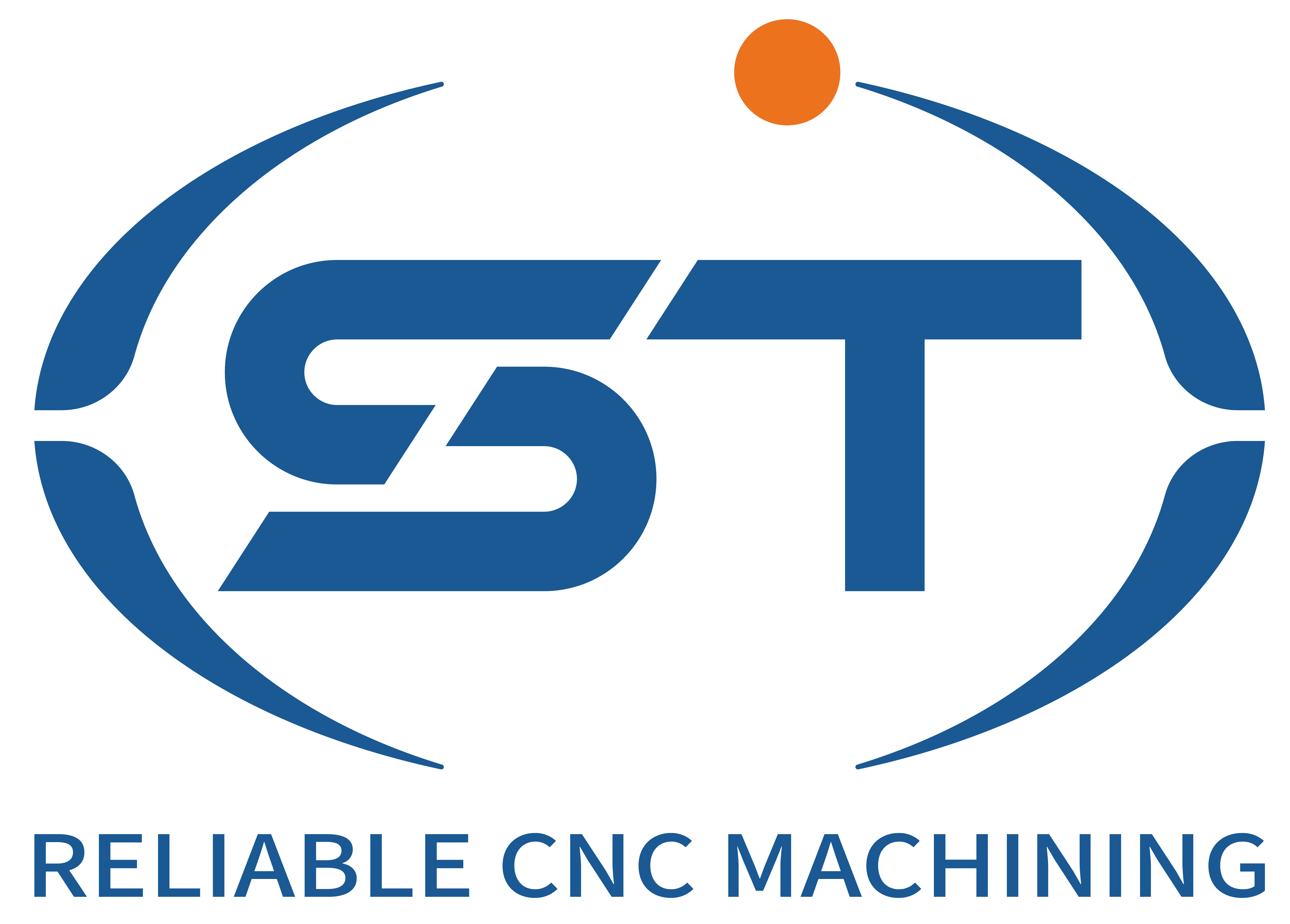The determination of the processing sequence of CNC milling of automotive parts is crucial for ensuring the processing quality of the parts, improving production efficiency and reducing costs. The following elaborates on the determination method of the processing sequence from multiple key dimensions:
First, determine the sequence based on the principle of benchmark first
Prioritize the processing of the positioning reference surface: The positioning reference surface serves as the basis for positioning in subsequent processing procedures, and its accuracy directly affects the overall processing accuracy of the part. In the CNC milling of automotive parts, a positioning reference surface with high precision and good stability should be machined first. For instance, for a certain plane on the cylinder block of a car engine, subsequent processes such as hole processing and cavity processing all need to use this plane as the positioning reference. Therefore, it must first be milled to meet the specified dimensional accuracy and surface roughness requirements.
Ensure accuracy transfer during reference conversion: When it is necessary to convert the positioning reference during the processing, it is essential to ensure the accuracy transfer between the new reference and the original reference. For instance, when converting from a coarse reference to a fine reference, it is necessary to rationally arrange the transitional processes to ensure that the processing of the new reference can accurately refer to the original reference and avoid significant positioning errors caused by the reference conversion.
Second, follow the principle of rough first and then fine to arrange the sequence
Rough machining removes most of the allowance: The main task of the rough machining stage is to quickly remove most of the allowance from the part, making the part approach the final shape and size. During the milling process, larger cutting parameters are adopted to enhance the processing efficiency. For instance, for large parts like automotive transmission housings, larger tools and feed rates can be used during rough machining to quickly remove excess material from the blank, leaving an appropriate allowance for subsequent finish machining.
Finishing ensures dimensional and surface quality: During the finishing stage, emphasis is placed on guaranteeing the dimensional accuracy, shape accuracy and surface roughness of the parts. After the rough machining is completed, the shape and size of the part have been basically determined, but the surface quality is poor and there is a certain processing stress. At this point, smaller cutting parameters should be adopted to perform fine processing on the parts to meet the design requirements. For instance, the surface of the car wheel hub is precisely milled to make it smooth, enhancing the aesthetic appeal and corrosion resistance of the wheel hub.
Third, consider the principle of “surface first, then holes” to determine the sequence
Machining the plane first creates conditions for hole processing: The plane serves as the positioning reference and support surface for hole processing. Machining the plane first can ensure the processing accuracy and verticality of the hole. In automotive parts, many parts contain planes and hole systems, such as the bracket parts on the car chassis. If the holes are processed first and then the planes, due to the unevenness of the planes, the positioning of the holes will be inaccurate, affecting the processing quality of the holes. Therefore, the plane should be milled first to meet certain flatness and surface roughness requirements, and then drilling, reaming and other operations of holes should be carried out based on the machined plane.
Planar machining is conducive to tool adjustment and chip removal: Machining the plane first can also facilitate tool adjustment and chip removal. During the planar processing, the installation and adjustment of the cutting tools are relatively simple, and the chips are easy to be discharged, which will not interfere with the subsequent hole processing.
Fourth, determine the sequence based on the structural characteristics of the parts
Complex structure parts are processed in different areas: For automotive parts with complex structures, such as the crankcase of a car engine, there are multiple cavities, hole systems and reinforcing ribs inside. During processing, the part should be divided into several areas according to its structural characteristics and processed separately. For example, first process the external contour of the crankcase, and then process the internal cavity and hole system. When processing each area, the processing sequence should be reasonably arranged to avoid interference between the cutting tool and the part.
Thin-walled parts should pay attention to the processing sequence to reduce deformation: Thin-walled parts are prone to deformation during the processing, so special attention should be paid to the processing sequence. Generally speaking, the parts with better rigidity should be machined first, followed by those with less rigidity. For instance, for the thin-walled frame parts of automotive instrument panels, the periphery and reinforcing ribs of the frame should be machined first to enhance the rigidity of the parts, and then the internal holes, grooves and other structures should be machined to reduce processing deformation.
Fifth, determine the sequence in combination with the usage of the cutting tools and fixtures
The durability of cutting tools affects the processing sequence: Different cutting tools have different durations. When arranging the processing sequence, the durability of the cutting tools should be taken into consideration to make the wear of the cutting tools as uniform as possible. For instance, when processing multiple cavities on automotive parts, if the harder material area is processed first, the tool wear will be faster, and it may be necessary to replace the tool when processing other areas later. Therefore, the processing sequence can be reasonably arranged based on the hardness of the material and the durability of the cutting tool. Process the areas with lower hardness first, and then the areas with higher hardness.
The number of times a fixture is clamped affects the sequence: Reducing the number of times a fixture is clamped can improve processing efficiency and accuracy. When determining the processing sequence, it is necessary to try to complete the processing of multiple surfaces of the part in one clamping. For instance, for multiple adjacent surfaces on automotive parts, through reasonable tool path planning, the milling of these surfaces can be completed in a single clamping, avoiding positioning errors and clamping times brought about by multiple clamping operations.




